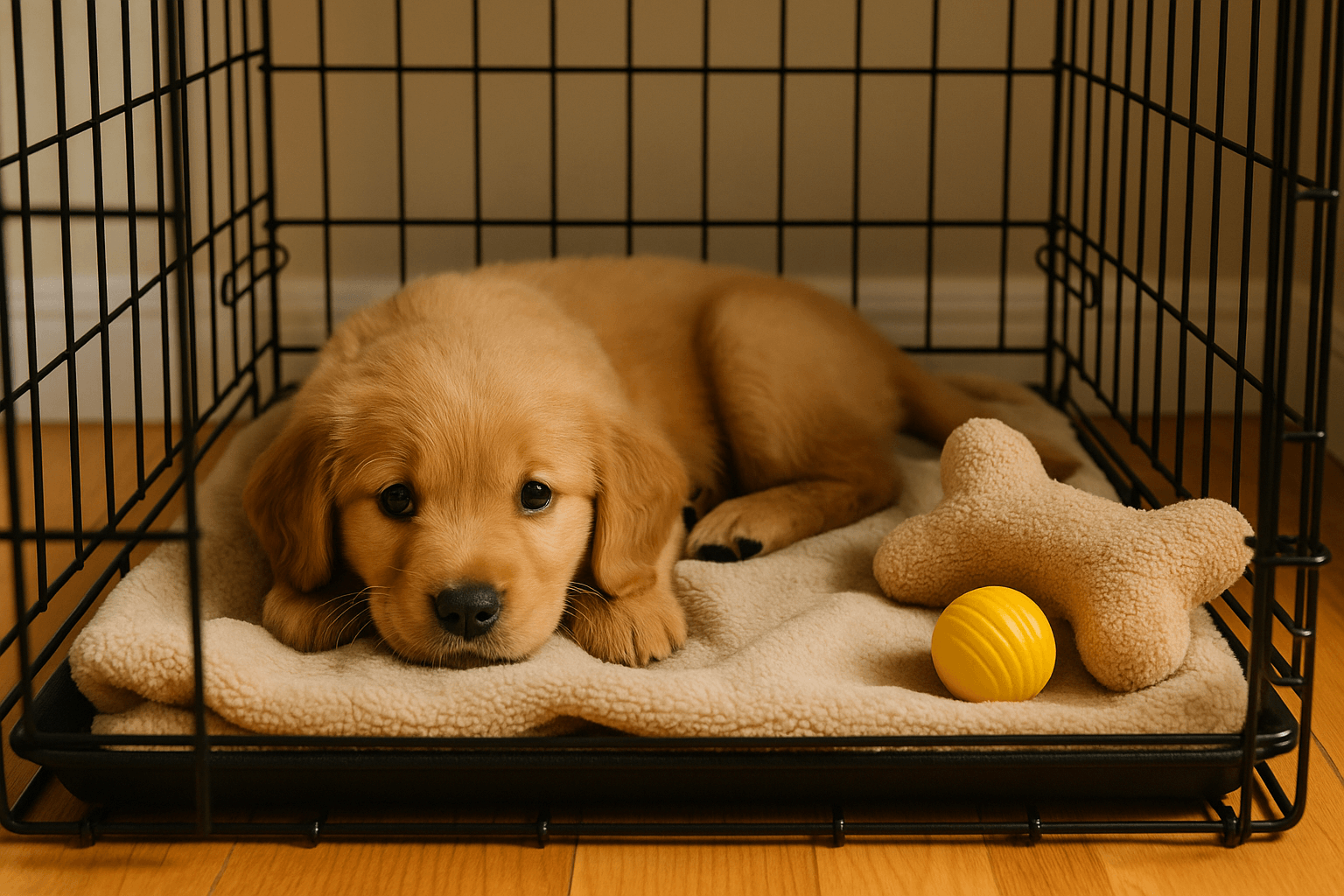What Every Dog Owner Should Know About Canine Dental Care
Proper dental care is essential for your dog’s overall health and well-being. Neglecting your dog’s teeth can lead to gum disease, bad breath, pain, and even serious complications like heart and kidney issues. Yet many pet owners overlook dental hygiene until it’s too late. In this guide, we’ll walk through why dental care matters, how to clean your dog’s teeth, warning signs to watch for, and the best products to keep your pup smiling.
Why Canine Dental Care Matters
Dental care isn’t just about fresh breath—it plays a major role in your dog’s long-term health. Here’s why it should be a priority:
- Prevents Gum Disease: An estimated 80% of dogs over age three show signs of periodontal disease.
- Reduces Bad Breath: Regular cleaning eliminates odor-causing bacteria.
- Prevents Tooth Loss: Plaque and tartar buildup can loosen or damage teeth.
- Protects Internal Organs: Oral bacteria can enter the bloodstream, affecting the heart, liver, and kidneys.
- Saves Money: Preventative care reduces the need for costly treatments and extractions.
Tip: Consistent daily care is the most effective way to maintain your dog’s oral health and avoid emergency vet visits.
Signs of Dental Problems in Dogs
Your dog can’t tell you their mouth hurts—but these warning signs may indicate a problem:
- Bad Breath: Persistent odor can signal infection or decay.
- Tartar Buildup: Yellow or brown plaque near the gums is a red flag.
- Red, Swollen, or Bleeding Gums: Signs of gingivitis or more advanced dental disease.
- Difficulty Eating or Chewing: Your dog may drop food or chew on only one side.
- Excessive Drooling: Increased saliva can point to oral discomfort.
- Loose or Missing Teeth: A clear indication of advanced dental issues.
- Pawing at the Mouth: A sign your dog is experiencing pain or irritation.
Tip: If you notice any of these symptoms, book a dental exam with your veterinarian as soon as possible.
How to Keep Your Dog’s Teeth Clean
You don’t need to be a vet to take care of your dog’s teeth at home. Here are the core practices:
Brush Their Teeth Daily
Use a dog-specific toothbrush and toothpaste (never human toothpaste—it can be toxic). Start gradually, brushing for short periods and rewarding your dog with praise or a treat. Focus on the outer surfaces of the teeth where plaque collects most.
Use Dental Chews and Treats
Dental chews can help remove buildup and freshen breath. Look for options approved by the Veterinary Oral Health Council (VOHC), and avoid excessively hard items like antlers or bones that can break teeth.
Try Water Additives and Sprays
Oral rinses and water additives are an easy way to reduce bacteria and maintain fresher breath. Simply add to your dog’s water bowl as directed.
Schedule Regular Vet Checkups
Professional dental cleanings are typically recommended once a year. Your vet will remove tartar, check for disease, and assess any issues that require treatment.
Tip: Start dental care routines early in your dog’s life to help them accept it as part of their daily routine.
Common Dental Care Mistakes to Avoid
Even with good intentions, some common mistakes can do more harm than good:
- Skipping Daily Brushing: Weekly brushing isn’t enough to prevent plaque buildup.
- Using Human Toothpaste: Ingredients like xylitol are toxic to dogs.
- Giving Hard Bones: Items like antlers and hooves can cause painful fractures.
- Ignoring Bad Breath: Often the first sign of gum disease or infection.
- Relying on Kibble Alone: While dry food can help slightly, it’s no substitute for brushing or vet cleanings.
Tip: If your dog resists brushing, try flavored dog toothpaste (chicken, peanut butter, etc.) to make it more appealing.
Best Products for Canine Dental Care
Here are some vet-recommended products to help you build an effective dental routine:
- Toothbrush Kit: Vet’s Best Dog Toothbrush and Enzymatic Gel Kit
- Toothpaste: Virbac C.E.T. Enzymatic Dog Toothpaste
- Dental Chews: Greenies Dental Treats, Whimzees, Oravet Chews
- Water Additive: TropiClean Fresh Breath Dental Health Solution
- Finger Brush: H&H Pets Silicone Finger Toothbrush
Tip: Always introduce new dental products gradually and monitor your dog for sensitivity or allergic reactions.
Final Thoughts
Dental care is a vital part of keeping your dog healthy, happy, and pain-free. With a combination of daily brushing, dental-friendly treats, and regular vet visits, you can protect your dog from gum disease and improve their quality of life. It’s a simple habit that makes a big difference.
